Wild horses have fascinated people for a long time, and finding horses roaming freely on beaches and parks has attracted many visitors to Assateague Island. The free-roaming spirit of the horse and the beauty of seeing them gallop in the surf of the golden sand is a sight to behold.
The Chincoteague pony is also known as the Assateague horse, and these ponies roam free and wild on the island of Assateague in the states of Virginia and Maryland. The breed was made famous by the true story of Misty of Chincoteague book in 1947. Today the Chincoteague ponies are a registered breed.
Although named Chincoteague ponies, they can be found roaming the beaches and marshlands of Assateague Island. Unlike the wild horse found roaming freely in the State of Maryland, the Chincoteague ponies have been divided into two herds separated on the state lines of Virginia and Maryland.
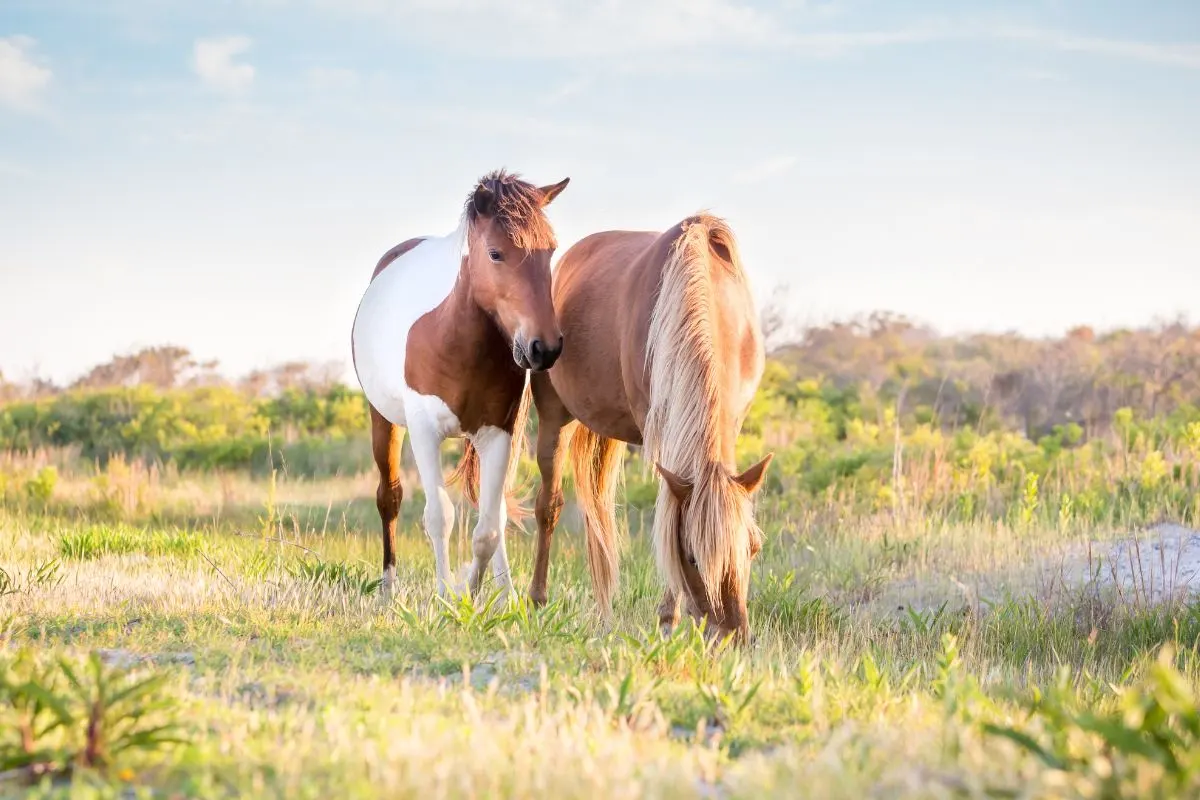
Which Beaches In Virginia Have Wild Horses?
The Chincoteague ponies can be found roaming the stunning 37 miles of beaches on Assateague and Chincoteague Islands, feeding on a diet of saltmarsh, cordgrass, brush, and plants.
The island of Assateague is split into two on the state line of Maryland and Virginia, creating two different herds. On the Maryland side, about 80 ponies live there, known as Assateague horses, and live as feral horses owned by the Maryland Park Services with no more help from the government than any other wild animal in the Assateague Island National Seashore.
Chincoteague Island falls entirely on the Virginia side of the fence, where there are about 150 ponies that are all privately owned by the Chincoteague Volunteer Fire Company.
Every year the volunteer Fire Company obtains a special grazing permit from the U.S. Fish and Wildlife Service for the horses to graze freely.
In the Virginian district, the ponies are fenced in from roads and trails by two separate large management areas dividing the ponies into a southern and northern herd.
Compared to the Maryland horses, the Chincoteague ponies are treated twice a year by veterinarians, and the Fire Company will often supply the ponies with extra hay in the harsh winter months to assist the ponies through difficult grazing periods.
Origins Of The Chincoteague Pony In Virginia
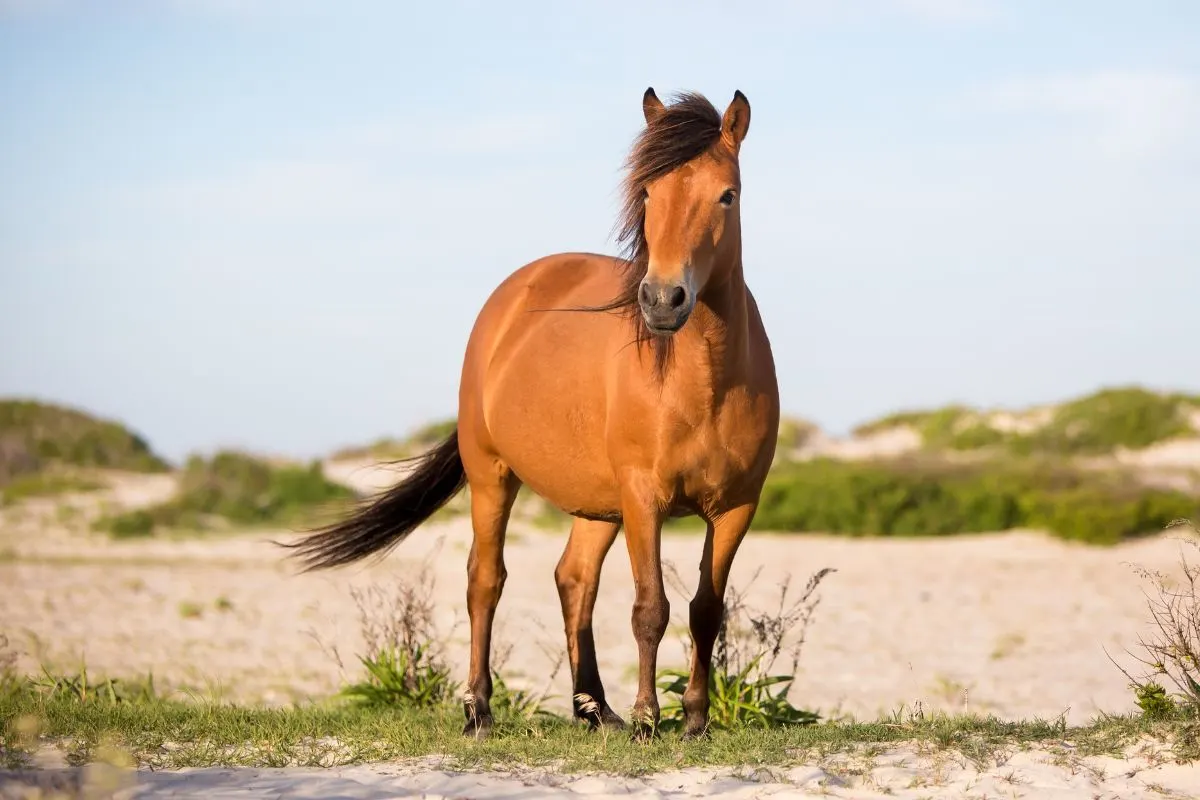
The Chincoteague ponies have lived on the Islands for hundreds of years, and there are two distinct theories about how the Chincoteague ponies originally arrived on the island.
Some believe the ponies arrived on the island in the 16th century when Spanish galleons transporting life stock and horses headed for South America shipwrecked in sand banks near Assateague Island. The surviving horse swam to shore and adapted to the rigorous island life.
Another theory was that in the 17th century, farmers brought their livestock onto the island from the mainland to avoid fencing requirements and grazing taxes.
Wherever these ponies originated, they have stolen the hearts of many visitors and adapted into a hardy breed that roams the island in groups consisting of one stallion, a few mares, and their foals.
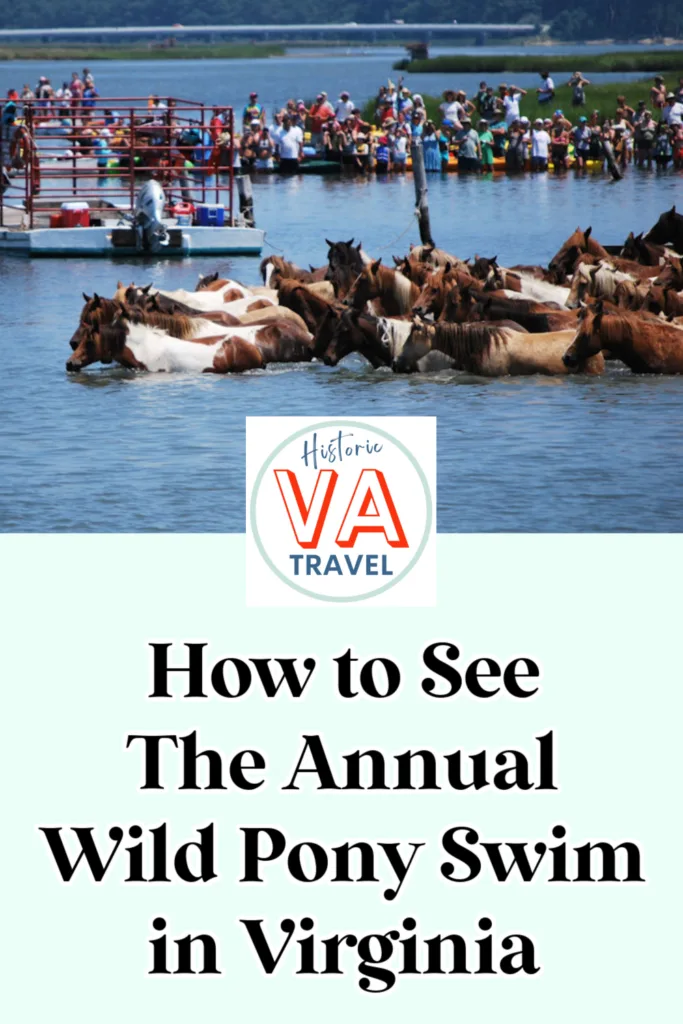
How Many Chincoteague Ponies Are There?
There are about 300 ponies on the Assateague and Chincoteague islands, and they can have between 60 to 70 foals a year, increasing the herd’s population by almost half-yearly.
So why are there not more ponies, you ask? Large herds of ponies will excessively reduce grazing areas and damage the dunes and marshlands on the islands.
Also, continual inbreeding affects the herd’s health and wellbeing.
On Assateague Island, the population is said to be about 140 ponies.
A unique contraceptive was developed and administered to the herd via dart gun to interfere with the hormones and prevent the mares from falling pregnant.
This contraceptive was needed to prevent the overpopulation of the ponies and keep them between the appropriate population size of about 120 to 150 ponies.
On Chincoteague Island, the permit brought every year by the Chincoteague Volunteer Fire Company to keep their ponies on the island limits them to 150 ponies.
If left unchecked, herds can grow with 60 to 70 foals a year, causing extensive damage to grazing areas, dunes, and marshlands on the island.
The famous internationally known Pony Penning was created in 1924 to raise money for the Chincoteague Volunteer Fire Company and still takes place on the last Wednesday and Thursday of July.
What Is The Social Structure Of Chincoteague Ponies?
The ponies on the islands congregate in small groups of between 2 and 12 ponies, called bands. Each band consists of one dominant stallion, with the rest of the group made up of mares, and each band occupies a section that they call home.
The number of mares per group depends on the stallion’s dominance. The stronger and more fights he wins against other stallions, the more mares he gathers. This is why you may find some ponies displaying fights between 2 band stallions.
The colts born to a band of ponies will be chased out of the group by the dominant stallion when they reach sexual maturity, and the fillies are often chased out of the group by the mares. This helps prevent inbreeding in the band.
What Is The Chincoteague Pony Penning?
Also known as the pony swim, each year at the end of July, the saltwater cowboys corral the herd and swim them across the narrowest part of the channel to Chincoteague during low tide to auction off the foals to private buyers at the Chincoteague Fireman’s Carnival.
The swim is a short five to ten minutes, and after the auction, the remaining horses swim back to Assateague Island after a veterinarian checkup.
Some will have the hooves checked and trimmed and receive vaccinations and deworming to ensure the herd’s wellbeing until their next check.
Currently, the pony swim is done in front of 50,000, and the proceeds of the auctions help the Chincoteague Volunteer Fire Company raise a source of income that helps them maintain the equipment and look after the herds, providing extra food for the cold winters when food is minimal.
In addition to the yearly pony penning in July, the ponies are rounded up by the saltwater cowboys again in the spring season in mid-April and fall season during early October to have an overall health check by veterinarians and to ensure they are in good health.
What Is The Best Way To See The Wild Horses In Virginia?
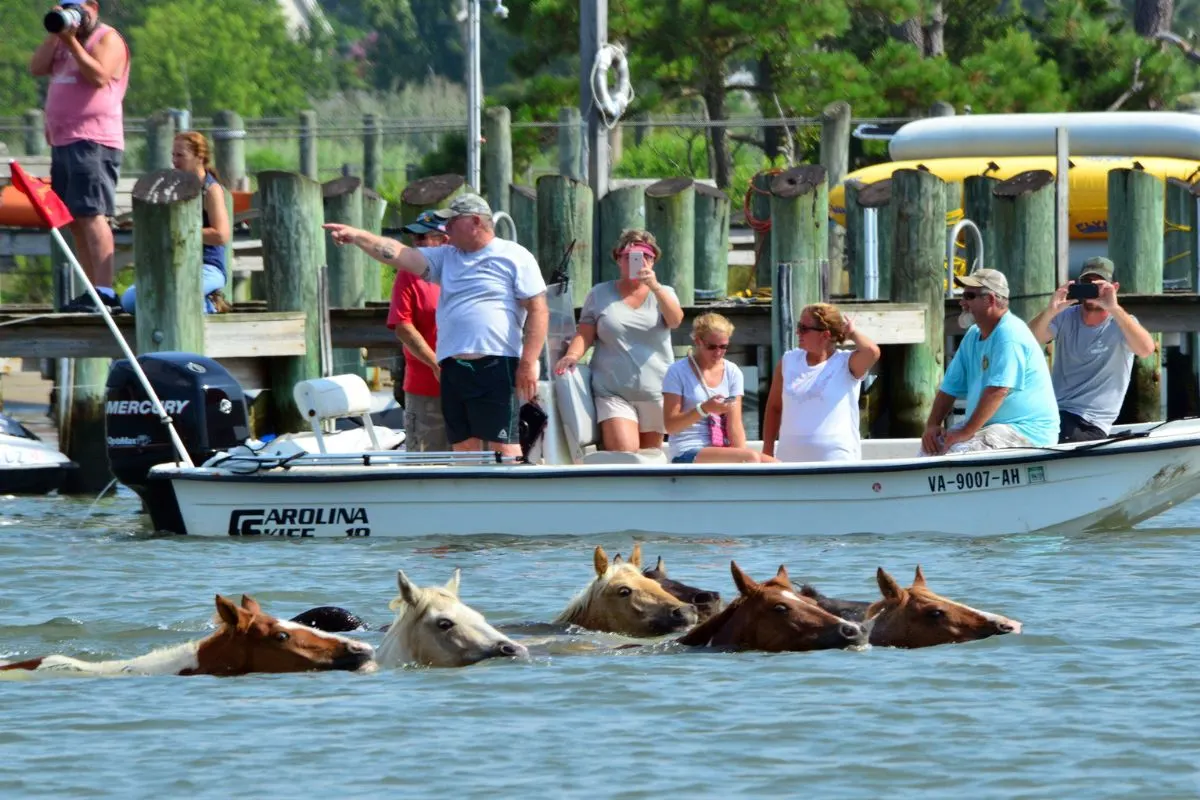
If you want to get a glimpse of the wild ponies, there are several unique ways to see them in their natural habitat on the island.
You may find that while relaxing on the beach, you will be greeted by a herd of ponies that wander in the surf and grass on the bushes growing in the dunes.
Although they may seem tame and accustomed to people, it is very important that you do not try to pat them or feed them.
They are wild animals and can quickly hurt you by biting or kicking. They feed on a very specific diet and feeding them foods that their digestive system is not used to could cause them to get ill or even be fatal for them.
Kayaking is a popular attraction; you get to paddle down the estuaries leisurely while enjoying the wildlife and getting pretty close to grazing horses walking along the marshlands.
Another great way is to relax on the pony express cruise boat known as Misty, after the well-known Chincoteague Palomino pinto mare that was the lead role in the book written by Marguerite Henry in 1947.
What Is The Best Time To See The Chincoteague Ponies?
You can see the ponies any time of year and you will find small bands wandering the beaches or marshlands.
However, the best time to see all the ponies together is the last Wednesday and Thursday of July, when the ponies are all gathered together for the start of the Official Chincoteague Island Pony Swim.
Breed Registry & Preservation Of The Wild Horses In Virginia
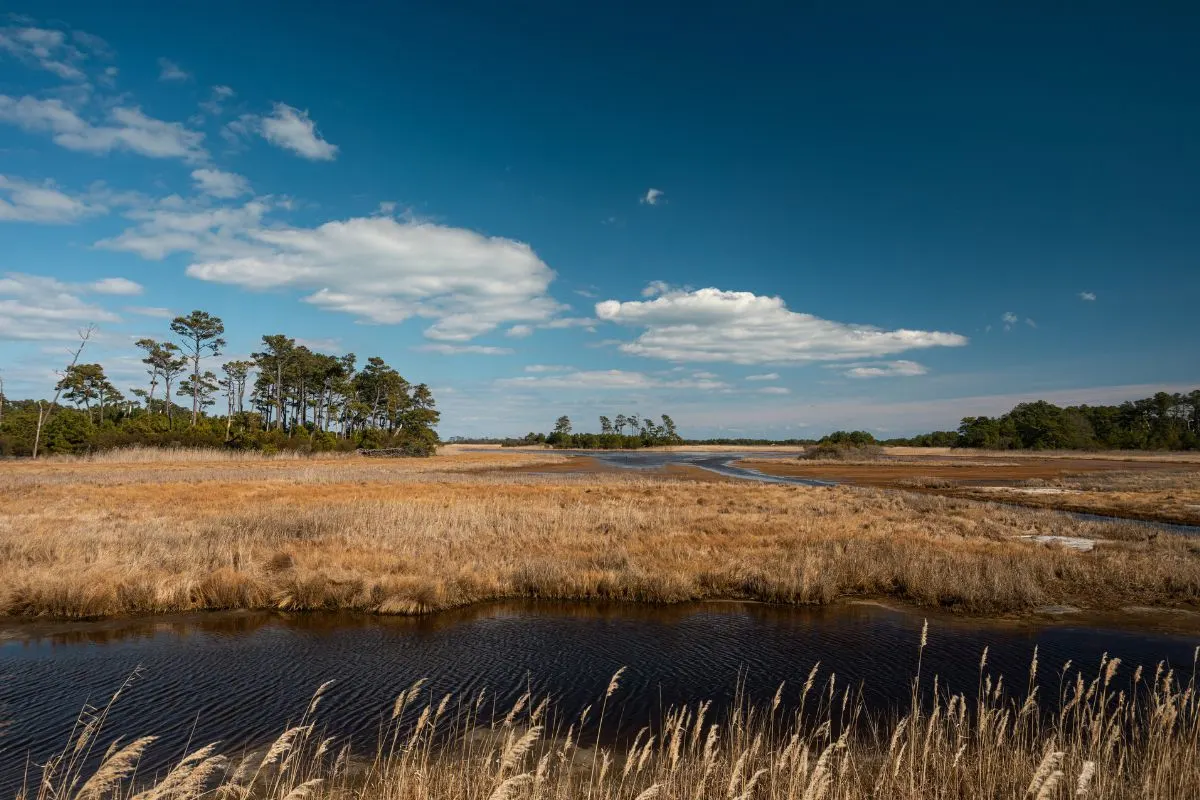
Chincoteague ponies officially became a registered breed in 1994, and the International Chincoteague Pony Association & Registry (ICPAR) has dedicated itself to recording and providing official documents for the breed to preserve its bloodlines and to ensure the breed is protected.
Today, more than 1000 Chincoteague ponies are privately owned off the island of Assateague, making a sturdy and friendly children’s pony.
They are a tough breed resembling mustangs’ horses in many ways. They reach between 12hh-13hh in the wild but can reach 14.2hh in domesticated environments due to the higher quality of food they receive.
Some of the breeds that have contributed their strength and characteristics to the Chincoteague pony include Arabians, Mustangs, Shetland ponies, and Thoroughbreds. They can be found in pinto or solid colors ranging from bay, chestnut, black, palomino, and buckskin.
Conclusion
Chincoteague beaches are one of the most beautiful beaches in Virginia and there you can spot the sturdy breed of Chincoteague ponies roaming the beaches in small bands.
This well-tempered breed roams freely on the island and is an international attraction in July when they swim the channel between Assateague and Chincoteague Islands to the pony penning in order to keep the herd size at a controlled level.
Would you like more unique coastal Virginia travel ideas? See these travel guides next:
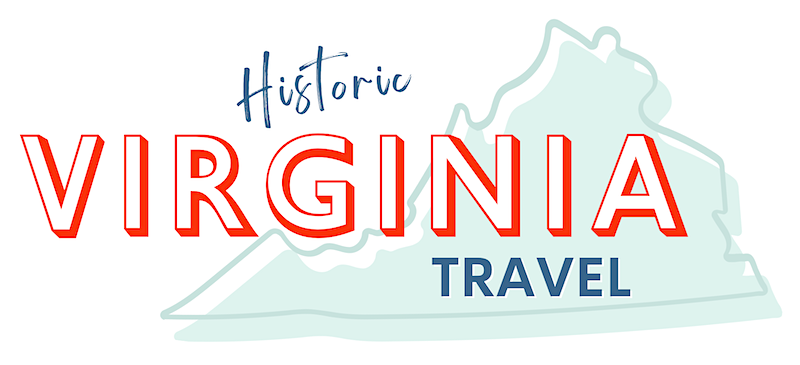
Vicki Bates
Monday 19th of May 2025
Ive been interested in seeing this breed of horses for years. Been wanting to take a trip there in the near future, please can you send me some literature where to stay and observe the sights. Also might be inquiring about purchasing, so possibly some literature regarding also.
Pam Pert
Saturday 1st of June 2024
Why no mention of Wild horses from Sandbridge, south to the NC state line?